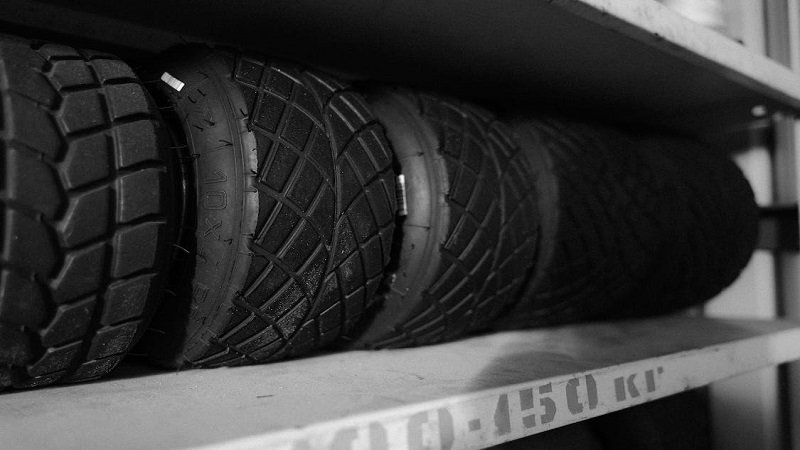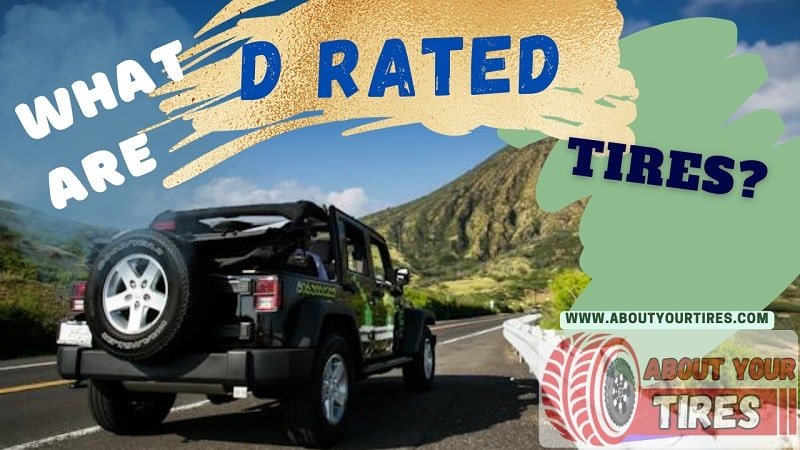Introduction
Whether you’re in the market for new tires or simply replacing old ones, understanding load ratings, like the D-rating found on LT tires, is essential. However, what are D rated tires entail? Let’s explore the details.
Unveiling D-Rated Tires
Discover the specifics of D-rated tires, their intended use, maximum pressure, and ply rating.
D-Rated Tires Defined: D-rated tires belong to load range D, designed for light trucks, with a maximum pressure of 65 PSI and an 8-ply rating.
Maximum Pressure Matters: D-rated tires reach their maximum capacity when inflated to the recommended design pressure.
Decoding the D Rating on Tires
Gain insights into the meaning of D rating on LT tires and understand the load range classification.
Load Range Classification: LT tires use a letter rating to signify their load capacity, with C, D, and E being common. These tires belong to load range D, distinguished by a maximum pressure of 65 PSI.
Ply Rating and Load Capacity: The ply rating reflects the tire’s construction and strength, with these tires typically having an 8-ply rating.

Weight-Bearing Capacity
Explore the weight-carrying capability of D-rated tires and how to interpret load index values.
Load Index Significance: The load index on the tire sidewall indicates the maximum weight a tire can support when correctly inflated.
Load Index Range: Load index values on tires vary from 1 (99 pounds) to 150 (7,385 pounds), with D-rated tires often having a high capacity, suitable for work trucks and cargo hauling.
See also Can You Put Air In A Spare Tire?
Lifespan of D-Rated Tires
Understand the factors influencing the longevity of these tires and best practices for maintenance.
Lifespan Variability: The mileage of these tires depends on usage, load, driving conditions, and proper tire pressure maintenance.
Preventive Measures: Avoid overloading, off-road driving, and improper inflation, which can lead to premature wear and replacement.
Inspection Timing: Regular tire inspections, especially after six years of use, are crucial. Manufacturers recommend replacing tires after ten years, even with adequate tread.
Identifying D-Rated Tires
Learn how to identify these tires and the importance of these details for safety and tire longevity.
DOT Serial Number: The DOT serial number on your tires provides information about their age, size, load capacity, and other specifications.
Load Index Significance: Inspect the sidewall for numbers and letters to determine the tire’s load capacity and adhere to industry standards.
Mechanic’s Guidance: Consult a mechanic if you’re unsure about your tire’s load capacity to prevent overloading.
Suitability for Towing
Discover whether D-rated tires are appropriate for towing and how they compare to E-rated tires.
Tow-Related Considerations: D-rated tires may not be ideal for towing due to their 8-ply rating, which can lead to quicker degradation under heavy loads.
Load Range D vs. Load Range E: E-rated tires offer a higher weight capacity (80 PSI) compared to D-rated tires (65 PSI). The choice depends on the weight and industry standards aligning with your load.
Conclusion
D-rated tires, denoting load range D, signify a tire’s capacity when correctly inflated to the recommended pressure. Tailored for light trucks, they have a maximum pressure of 65 PSI and an 8-ply rating. Identifying load index values and adhering to proper inflation are vital for tire safety and longevity.
FAQ
Q1: What is D-rated tires suitable for?
A1: These tires are designed for light trucks and are suitable for a variety of uses, including cargo hauling and work trucks.
Q2: How is the load index on tires calculated?
A2: The load index represents the maximum weight a tire can carry when properly inflated, denoted by numerical values ranging from 1 (99 pounds) to 150 (7,385 pounds).
Q3: Can D-rated tires be used for towing?
A3: These tires may not be the best choice for towing. Their 8-ply rating makes them prone to quicker degradation under heavy loads. E-rated tires with an 80 PSI rating are typically better for towing.
Q4: What is the primary difference between Load Range D and Load Range E tires?
A4: The key distinction between Load Range D and Load Range E tires is their maximum pressure capacity. However, with these tires designed for 65 PSI and E-rated tires for 80 PSI.
Q5: How do I identify the load capacity of my tires?
A5: Inspect the tire sidewall for load index values and refer to the numbers and letters provided. If you’re uncertain, consult a mechanic for guidance to avoid overloading your tires.

